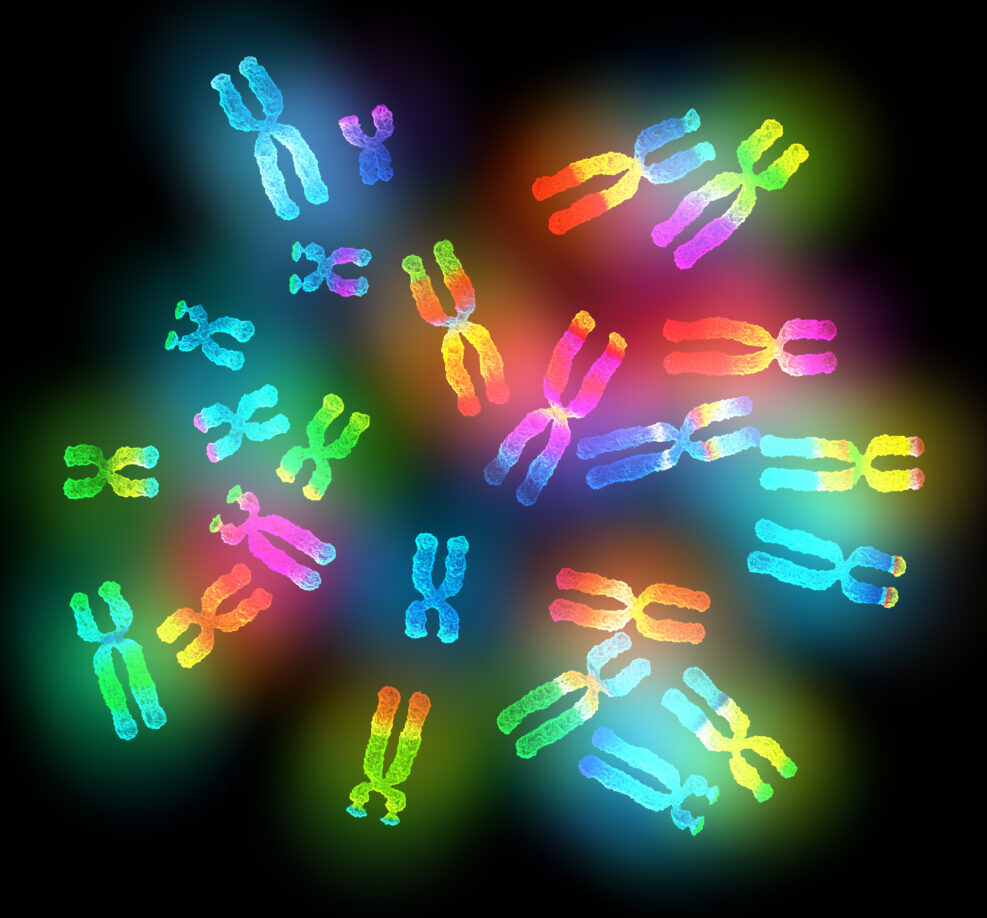
AI Can Fight COVID by Detecting Changes in Virus “Language”
One research team is experimenting with natural language processors (NLP), used to analyze human speech, to detect similar virus mutationsOne strategy in the fight against COVID-19 relies on the curious fact that genetics is actually a language. Genome sequencer Francis Collins has even called it The Language of God. More practically, AI programs that act as natural language processors can help catch deadly coronavirus mutations. The same strategies the AIs use for reading sentences can be used to read the virus’s attempts to escape destruction by mutations: Galileo once observed that nature is written in math. Biology might be written in words. Natural-language processing (NLP) algorithms are now able to generate protein sequences and predict virus mutations, including key changes that help the coronavirus evade the immune system. The key insight making this possible is that many properties of Read More ›
